education
BASICS OF FUNDAMENTAL ANALYSIS
What is Fundamental Analysis
Fundamental Analysis is a technique that evaluates the underlying factors of the business value and economic developments by measuring its intrinsic value through the analysis of related economic, financial and other qualitative factors, and even political events to predict the direction of various markets including stock, forex, commodity, and bond.
If you think of a financial market as a big clock, fundamentals are the gears and springs that move the hands around the face. Anyone can tell you what time it is now, but only through fundamental analysis would know about the inner workings that move the clock’s hands toward times or prices in the future.
Fundamental analysis includes economic analysis, industry analysis and company analysis.
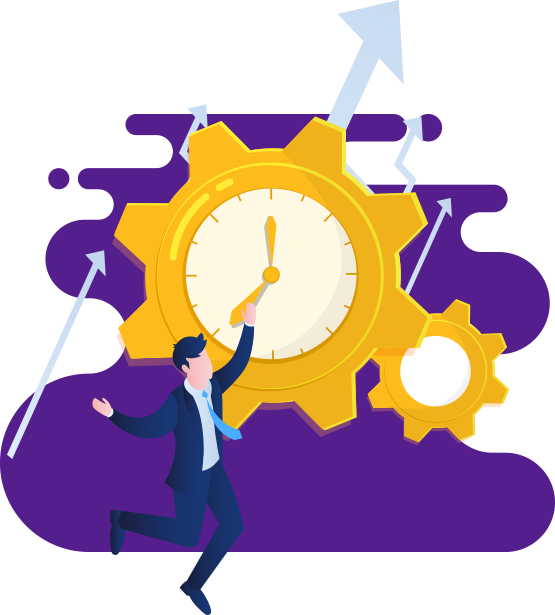
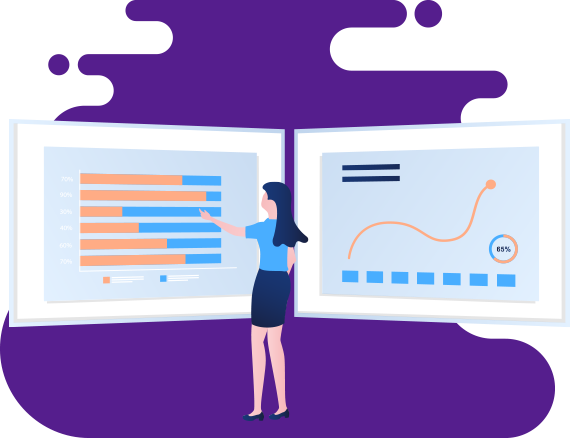
Company analysis
It is a process carried out by investors to evaluate securities, collecting info related to the company’s profile, products and services as well as profitability.
A company analysis incorporates basic info about the company, like the mission statement and apparition and the goals and values. During the process of company analysis, an investor also considers the company’s history, focusing on events which have contributed in shaping the company.
Also, a company analysis looks into the goods and services proffered by the company. If the company is involved in manufacturing activities, the analysis studies the products produced by the company and also analyzes the demand and quality of these products. Conversely, if it is a service business, the investor studies the services put forward.
How to do a company analysis
It is essential for a company analysis to be comprehensive to obtain strategic insight. Being a thorough evaluation of an organization, the company analysis provides insight to rationalize processes and make revenue potentials better.
The process of conducting a company analysis involves the following steps:
1. Determine the type of analysis which would work best for a specific company. Research well about the methods for analysis. In order to perform a company analysis, it is important to understand the expected outcome for doing so. The analysis should provide an answer about what is done right and wrong on the basis of a thorough evaluation. It is, therefore, important to make the right choice for the analysis methods.
2. Implement the selected method for conducting the financial analysis. It is important for the analysis to include internal and external factors affecting the business.
3. Confirm and review all the major findings using statistics.
The company analysis is conducted to provide a picture of the company at a specific time, thus providing the best way of enhancing a company, internally as well as externally.
Industry analysis
Industry analysis reviews the economic, political, and market factors influencing the manner in which the industry develops.
Most important factors can involve the power exerted by the buyers and suppliers, the possibility of fresh market entrants, and the condition of competitors.
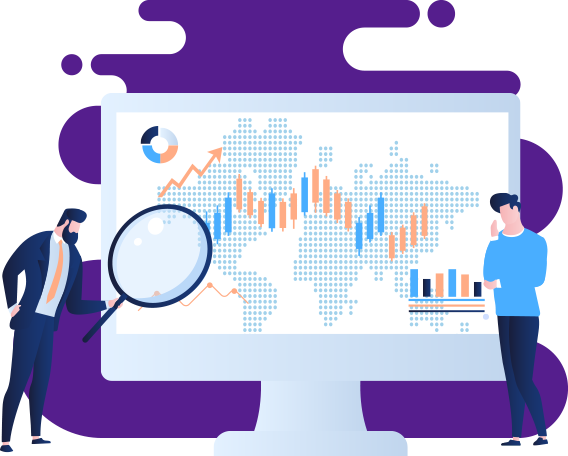
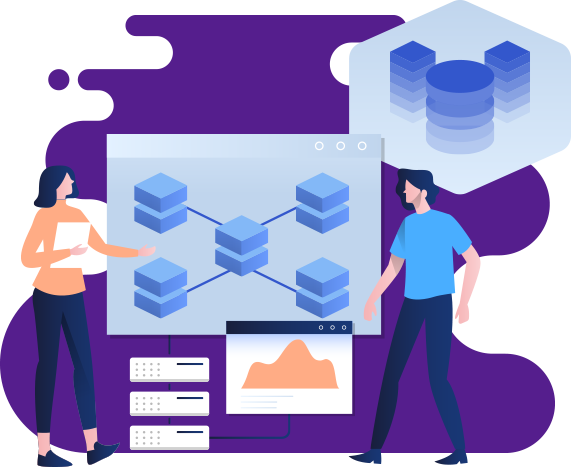
Economic Analysis
The analysis of related economic, financial and other qualitative factors such as interest rates, inflation, employment, production levels, and even political events that predict the direction of economy of a nation which will directly affect macro-oriented securities like index, forex, and some commodities.
Economic Indicators
Economic Indicators are financial and economic reviews regularly published by public and private institutions in a variety of statistical publications, as well as charts and tables of various numerical indicators to analyze economic performance of a country and industry.
It is essential to know the exact time when each economic indicator will be released. Watching the economic calendar not only helps you consider trades around these events, it helps explain otherwise unanticipated price actions during those periods.
Economic indicators are commonly released at different times with the potential of having tremendous volatility, but it takes knowledge and skill of advanced economics to parse the data accurately.
-
Date2009.03.13
-
Time7:30AM
-
IndicatorU.S. Preliminary GDP
-
Actual3.1%
-
Forecast2.6%
-
Previous2.5%
It is important to understand every component of each data release, but you should also grasp key, large-scale relationships between reports and what they measure in the economy and how it can help you as a trader position your trade.
For example, you should know and understand the Gross Domestic Product which measures the overall growth of the economy. If the average GDP growth in the US is 2.5-3% per annum, a growth rate above the average will likely be seen by most investors as a buying opportunity for the US asset such as US stock indices, US dollar, and US bonds. But for the same reason that the GDP growth is a result of inventory build up, it may actually be a negative effect for the country’s assets. Understanding key economic indicators involves the interpretation of the business life cycle. The business life cycle generally shows the growth of business activity consisting of four stages: expansion, peak, recession, trough and recovery.
Business Life Cycle
The Business Life Cycle is the routinely and fluctuating levels of economic activity that an economy experiences over an extensive period of time. The business cycle has five stages, namely the growth (expansion), peak, recession (contraction), trough and recovery.
Expansion
Economic growth is in essence a period of sustained expansion. Hallmarks of this part of the business cycle include increased consumer confidence, which translates into higher levels of business activity. Because the economy tends to operate at or near full capacity during periods of prosperity, growth periods are also generally accompanied by inflationary pressures.
Peak
The Peak is the highest point between the end of an economic expansion and the start of a contraction in a business cycle. The peak of the cycle refers to the last month before several key economic indicators, such as employment and new housing starts, begin to fall. It is at this point that real GDP spending in an economy is at its highest level.
Recession
A Recession is a period of reduced economic activity in which levels of buying, selling, production, and employment typically diminish. This is the most unwelcome stage of the business cycle for business owners and consumers alike. A particularly severe recession is known as a depression.
Trough
The trough is the transition of a business-cycle contraction to a business-cycle expansion. The end of a recession carries this descriptive term of trough, or the lowest level of economic activity reached in recent times. A trough is one of two turning points. The other, the transition from expansion to contraction, is a peak. Turning points are important because they represent the transition from bad to good or good to bad.
Recovery
Also known as an upturn, the recovery stage of the business cycle is the point at which the economy “troughs” out and starts working its way up to better financial footing. It is also referred to as the early portion of an expansion.
Importance of Business Life Cycle
The business life cycle is the name given to the growth and contraction phases of economic life.
It is one of the most important determinants of economic trends; no trader can be called a trader without understanding the inevitable nature of cycles. Since it is one of the major drivers of all trends and economic events on a global scale, it plays a very important role in determining currency prices and their trends.
On the most basic level, the cycle is the most important driver of money supply growth. Since money supply is closely related to currency values (the more there is of a currency, the less its value will be), forex trends also respond to cyclical developments. But this is just a tiny portion of the power of the business cycle. The nature of the cycle also defines such variables as unemployment, consumer demand, industrial production, availability of credit, and these variables in turn lead international capital to shun or favor a currency.
When a nation is going through the boom phase of the cycle, international capital will flow there in search of better returns on investment, through channels like foreign direct investment, or international loans. Those will create inflows of capital, and cause the nation’s currency to appreciate. Conversely, when a nation is going through the bust phase of the cycle, international capital will shun it, dry up Forex flows, and cause the currency to depreciate. As with Newton’s First Law, these developments will keep going on until they are exhausted through market developments, or are contradicted by government action.
You can short the currencies of nations that are going through the bust period, and long the currencies of those that are just entering the boom period, with the caveat that those nations that are net-creditors (external assets are more than liabilities) will see their currencies appreciate, regardless of their domestic economies.
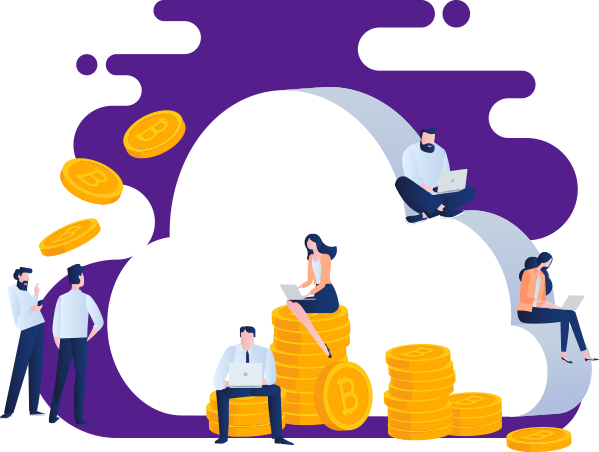
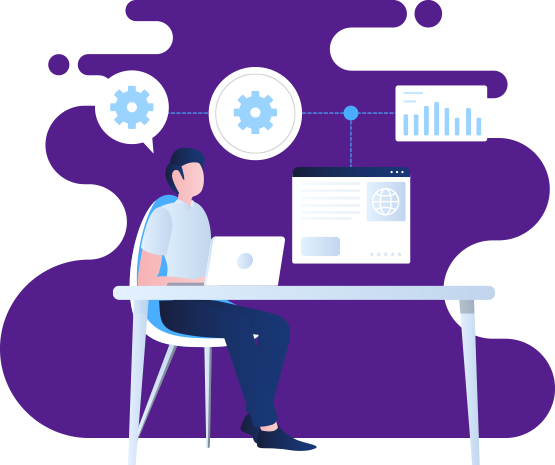
Fundamental Market Drivers
Business Life Cycle
When the interest rates are raised, investors will want to capitalize on high returns, and you will see money flowing into the country. When one country’s interest rates rise, their currency is seen as being stronger than the other currencies. This happens because investors seek more of that currency to profit more. Simply put, it is seen as a good thing when interest rates are hiked and an adverse thing when they are cut.
For example, higher interest rates in the United Kingdom may prompt Japanese investors to sell the Japanese yen and buy bonds in British pounds. Similarly, if interest rates increase in the United States, those investors may decide to sell their Pound-bonds and move into bonds in US dollar, driving the British pound down and the US dollar up.
Geo-Political Events Influences
When there is geo-political news of macroeconomic proportions such as political instability, coup d’état, earthquakes, or hurricanes in other countries, it drives up the demand for the safety currencies like the US dollar as investors look for a “safe haven” for their capital investments.
Petroleum Prices Influences
When the prices of petroleum-related products such as crude oil and natural gas rise, the currency values of oil dependent countries such as the United States and Japan weaken as a result of high production costs, consequently leading to inflationary pressures in the economy. If you believe oil prices will continue to rise, you can consider buying commodity-based currencies such as the Canadian dollar or the Australian dollar or by selling oil-dependent currencies.
Gold Prices Influences
When the prices of precious metals such as gold and silver rise, the value of the US dollar weakens as the currency has an inverse relationship with gold prices. Historically, gold was a safe haven of major currencies back in the 19th century, but in the current Floating Period, the US dollar is known as the safe haven of major currencies. When the gold price breaks into an important level, currencies of major gold producers such as the Canadian and Australian dollars are expected to rise against the Japanese yen and the British pound.
Sources:
www.wikipedia.org / www.corporatefinanceinstitute.com / www.businessdictionary.com / www.readyratios.com / www.moneycrashers.com



